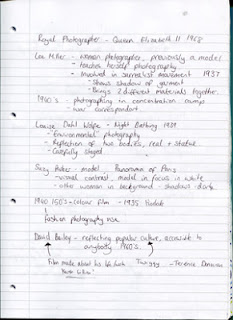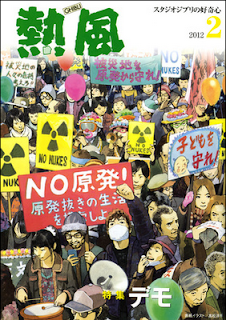As the years have gone by problems have arisen with fashion photography. First launched in 2003, digital manipulation started to appear. This allowed people to go in and re-touch photographs, bodies and skin can be made 'perfect'. They can be made how you want them to look and how you want the world to see it. Back in the 90's there was a trend to show the real people, the grittiness, however once this came about people returned to wanting the style and sophistication of Hollywood glamour of the 40's and 50's. This has become a major issue within society and it basically depicts how you should look. It shouldn't be about photography slim people in haute couture, it should be people of any shape or size, it should be accessible to everyone. Fashion photography is seen everywhere and no-one should feel outcast by it. People should be able to relate and to feel comfortable with how they are and not have really slim models being the face of fashion.
In our modern day, it is not just restricted to magazines anymore, the internet is home to fashion blogs, people are able to not only show what they are wearing but to express their opinions. The internet is the place where it can be distributed worldwide. As magazines become more expensive people may turn more and more to blogs as they are a free source. Fashion photography will always be around, just the tables might be turned. Everyone can do it themselves now so it is already more accessible.
I found an interesting article where the architect, Jason Spiliotakos had created 3D backdrops for a new catalogue of a new fashion designer. This is quite different take and it shows how technology is combining within fashion. By doing this it might reduce the cost of flying the model, photographer and any extra people out onto location, however it depends on how long it would take to model and texture the backgrounds. The merging of different types of media is becoming more frequent now a days and sometimes these experimentations work and could open up new possibilities. It's definitely something to watch in the future as this work could lead to more job opportunities within the industry.






































